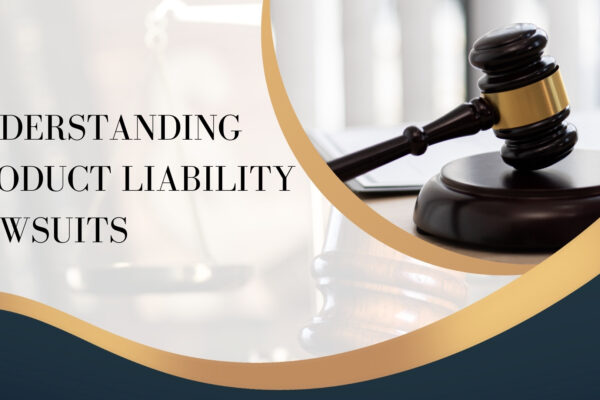Download the updated e-invoice FAQs
Table of Contents
PROPOSED E-INVOICING SYSTEM
The GST Council has approved the introduction of ‘E-invoicing’ or ‘electronic invoicing’ in a phased manner for reporting of business to business (B2B) invoices to GST System, starting from 1st January 2020 on a voluntary basis. Since there was no standard for e-invoice existing in the country, the standard for the same has been finalized after consultation with trade/industry bodies as well as ICAI after keeping the draft in public place. Having a standard is a must to ensure complete interoperability of e-invoices across the entire GST eco-system so that e-invoices generated by one software can be read by any other software, thereby eliminating the need for fresh data entry – which is a norm and standard expectation today. The machine readability and uniform interpretation is the key objective. This is also important for reporting the details to the GST System as part of Return. Apart from the GST System, adoption of a standard will also ensure that an e-invoice shared by a seller with his buyer or bank or agent or any other player in the whole business eco-system can be read by machines and obviate and hence eliminate data entry errors.
The GST Council approved the standard of e-invoice in its 37th meeting held on 20th Sept 2019 and the same along with schema has been published on the GST portal. Standards are generally abstruse and thus an explanation document is required to present the same in common man’s language. Also, there are a lot of myths or misconceptions about e-Invoice. The present document is an attempt to explain the concept of e-invoice, how it operates and the basics of standards. It also contains FAQs that answer the questions raised by people who responded to the draft e-invoice standard used for public consultation. It is expected that the document will also be useful for the taxpayers, tax consultants and software companies to adopt the designed standard.
A. What is an e-invoice?
If an invoice is generated by a software on the computer or Point of Sales (PoS) machine then does it become an e-invoice? Is e-invoice as a system where taxpayers can generate the invoices centrally? Many such questions are raised when e-invoice gets discussed.
E-invoice does not mean the generation of invoices from a central portal of the tax department, as any such centralization will bring unnecessary restrictions on the way trade is conducted. In fact, taxpayers have different requirements and expectations, which can’t be met from one software generating e-invoices from a portal for the whole country. Invoice generated by each software may look more or less the same, however, they can’t be understood by another computer system even though business users understand them fully. For example, an Invoice generated by the SAP system cannot be read by a machine that is using the ‘Tally’ system. Likewise, there are hundreds of accounting/billing software that generate invoices but they all use their own formats to store information electronically and data on such invoices can’t be understood by the GST System if reported in their respective formats. Hence a need was felt to standardize the format in which electronic data of an Invoice will be shared with others to ensure there is interoperability of the data. The adoption of standards will in no way impact the way the user would see the physical (printed) invoice or electronic (ex pdf version) invoice. All these software would adopt the new e-Invoice standard wherein they would re-align their data access and retrieval in the standard format. However, users of the software would not find any change since they would continue to see the physical or electronic (PDF/Excel) output of the invoices in the same manner as it existed before the incorporation of e-Invoice standard in the software. Thus the taxpayer would continue to use his accounting system/ERP or excel based tools or any such tool for creating the electronic invoice as s/he is using today.
To help small taxpayers adopt e-invoice system, GSTN has empaneled eight accounting & billing software which provide basic accounting and billing system free of cost to small taxpayers. Those small taxpayers who do not have accounting software today can use one of the empaneled software products, which come in both flavors, online (cloud-based) as well as offline (installed on the computer system of the user).
B. e-Invoice and Tax Department
The e-invoice system being implemented by tax departments across the globe consists of two important parts namely,
a) Generation of invoice in a standard format so that invoice generated on one system can be read by another system.
b) Reporting of e-invoice to a central system.
The basic aim behind the adoption of the e-invoice system by tax departments is the ability to pre-populate the return and to reduce the reconciliation problems. A huge increase in technology sophistication, increased penetration of the Internet along with the availability of computer systems at a reasonable cost has made this journey possible and hence more than 60 countries are in the process of adopting the e-invoice.
GST Council has given the responsibility to design the standard of e-invoice and update the same from time to time to GSTN which is the custodian of Returns and invoices contained in the same. Adoption of e-invoice by GST System is not only part of Tax reform but also a Business reform as it makes the e-invoices completely inter-operable eliminating transcription and other errors.
C. Other derived benefits of the introduction of e-invoice from GST perspective

Generation of e-invoice will be the responsibility of the taxpayer who will be required to report the same to Invoice Registration Portal (IRP) of GST, which in turn will generate a unique Invoice Reference Number (IRN) and digitally sign the e-invoice and also generate a QR code. The QR Code will contain vital parameters of the e-invoice and return the same to the taxpayer who generated the document in the first place. The IRP will also send the signed e-invoice to the recipient of the document on the email provided in the e-invoice.
Note: To begin with, there will be only one IRP, but more IRPs will be added to provide higher availability, redundancy, speed and a diversified and distributed service to taxpayers with a choice.
D. What type of documents are to be reported to the GST System?
While the word invoice is used in the name of e-invoice, it covers other documents that will be required to be reported to IRP by the creator of the document:
i. Invoice by Supplier
ii. Credit Note by Supplier
iii. Debit Note by Supplier
iv. Any other document as required by law to be reported by the creator of the document (as notified by the Government from time to time).
E. What will be the workflow involved?
The flow of the e-invoice generation, registration, and receipt of confirmation can be logically divided into two major parts.
a) The first part is the interaction between the business (supplier in case of invoice) and the Invoice Registration Portal (IRP).
b) The second part is the interaction between the IRP and the GST/E-Way Bill Systems and the Buyer.
Download the copy:

The two parts of the workflow are depicted diagrammatically below and followed up with an explanation of the steps involved. As the process evolves and the system matures the same would be intercommunicated between buyer’s software and seller’s software, banking systems, etc.
 ConsultEase Administrator
ConsultEase Administrator
Consultant
Faridabad, India
As a Consultease Administrator, I'm responsible for the smooth administration of our portal. Reach out to me in case you need help.










